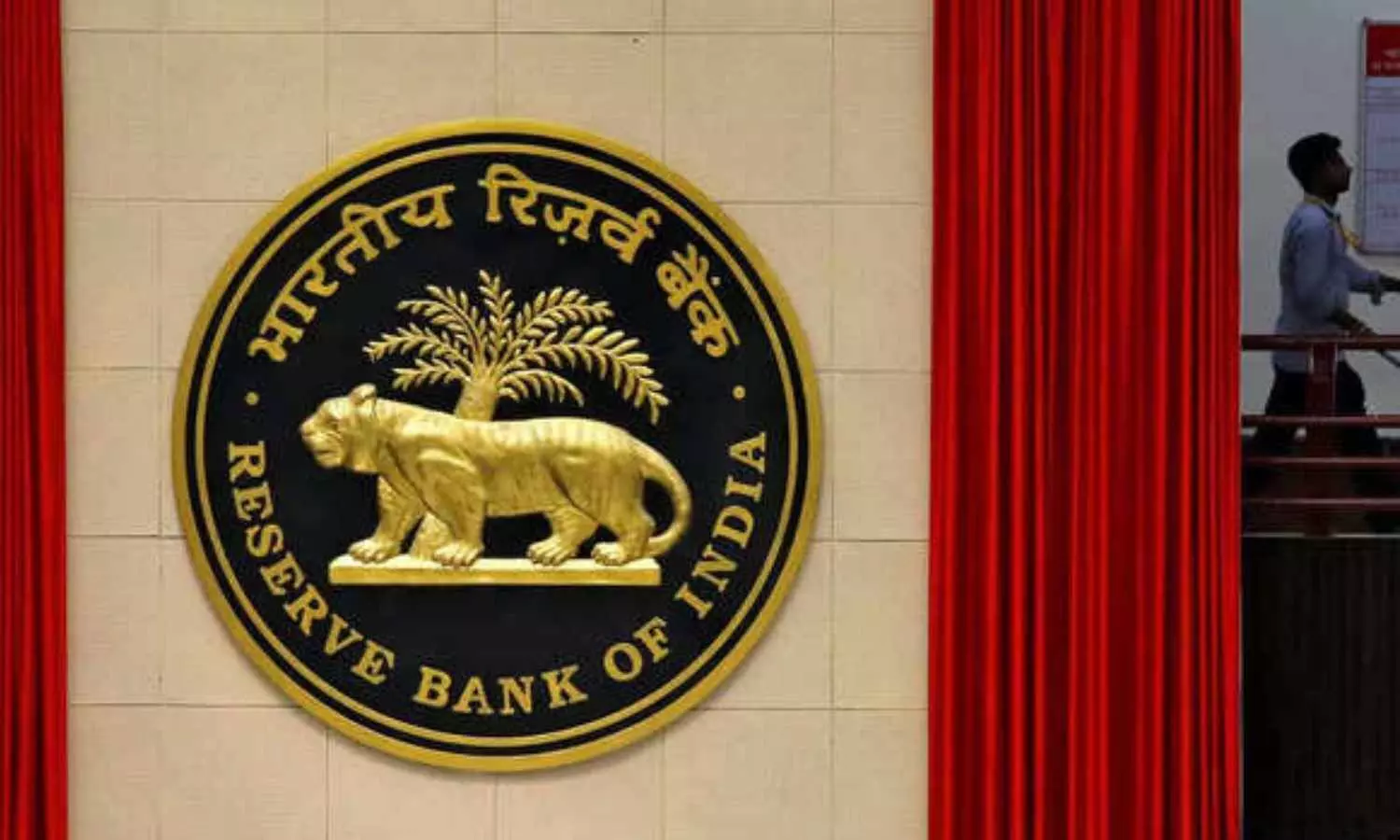RBI Dividend May Exceed Estimates; Economist Forecasts Rate Cuts and Yield Trend
Bank of Baroda’s Chief Economist Madan Sabnavis expects the RBI to deliver a dividend of up to ₹3 lakh crore, potentially surpassing budget estimates. Alongside, experts foresee a 50-bps repo rate cut amid stable inflation, with 10-year bond yields likely hovering around 6%.
RBI Dividend May Exceed Estimates; Economist Forecasts Rate Cuts and Yield Trend

Bank of Baroda, Chief Economist Madan Sabnavis, anticipated that the Reserve Bank of India may deliver a dividend of up to Rs 3 lakh crore to the government. It is possible that the dividend may surpass the Union Budget’s projection. His estimate is in line with a recent CNBC-TV18 poll of top Indian economists. “Given that interest rates remained elevated last year, the RBI likely saw higher earnings through interest income and treasury gains,” Sabnavis explained. The Union Budget had pegged the expected RBI dividend at approximately ₹2.5 lakh crore, already an increase from the ₹2.1 lakh crore received in FY24.
Rajeev Radhakrishnan, CIO – Fixed Income at SBI Mutual Fund, explained that any RBI dividend payout below ₹3 lakh crore could be perceived as underwhelming, specifically considering recent expectations around a possible revision of the central bank’s buffer norms. Meanwhile, Madan Sabnavis anticipates a 50-basis point reduction in the repo rate—bringing it down to 5.5%—assuming inflation remains near the 4% mark. Although April’s inflation came in at 3.2%, prompting some analysts to forecast sub-4% levels, Sabnavis expects it to stay within the 3.8% to 3.94% range. With the RBI targeting a real interest rate of 1.5%, a 5.5% repo rate would be a logical outcome, he added.
Based on current projections, the 10-year bond yield is expected to hover around the 6% level. However, should rate cuts accelerate unexpectedly—though this isn’t the most likely scenario—yields could dip below 6%. Assuming a 50-basis point reduction by March, yields would likely settle near the 6% threshold.
Radhakrishnan notes that if the repo rate trends towards 5.5% during this rate-cutting cycle, the 10-year yield could bottom out between 6% and 6.10%. He also cautions that market expectations regarding the extent of policy easing may shift as the cycle unfolds.

